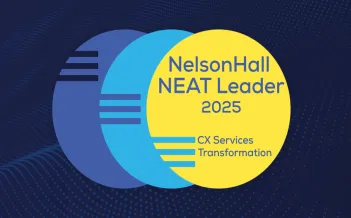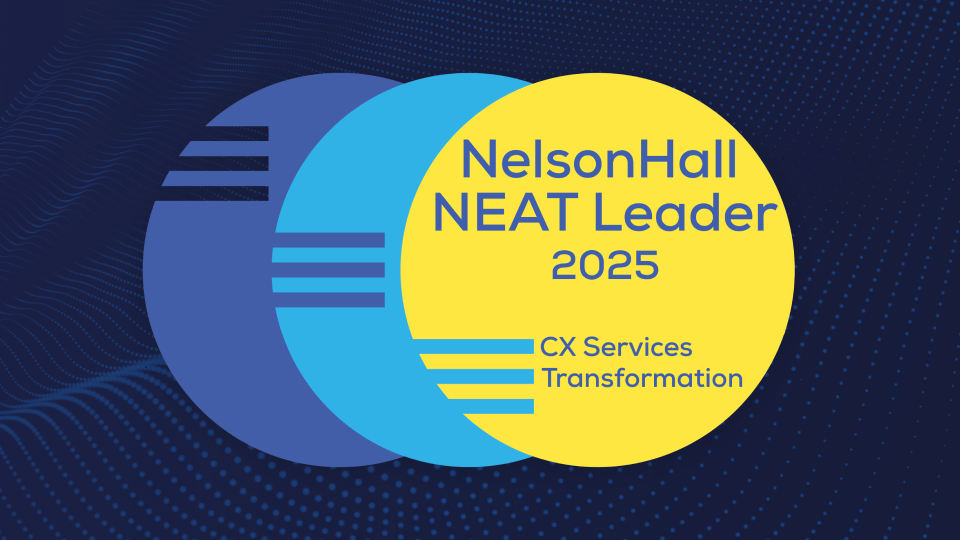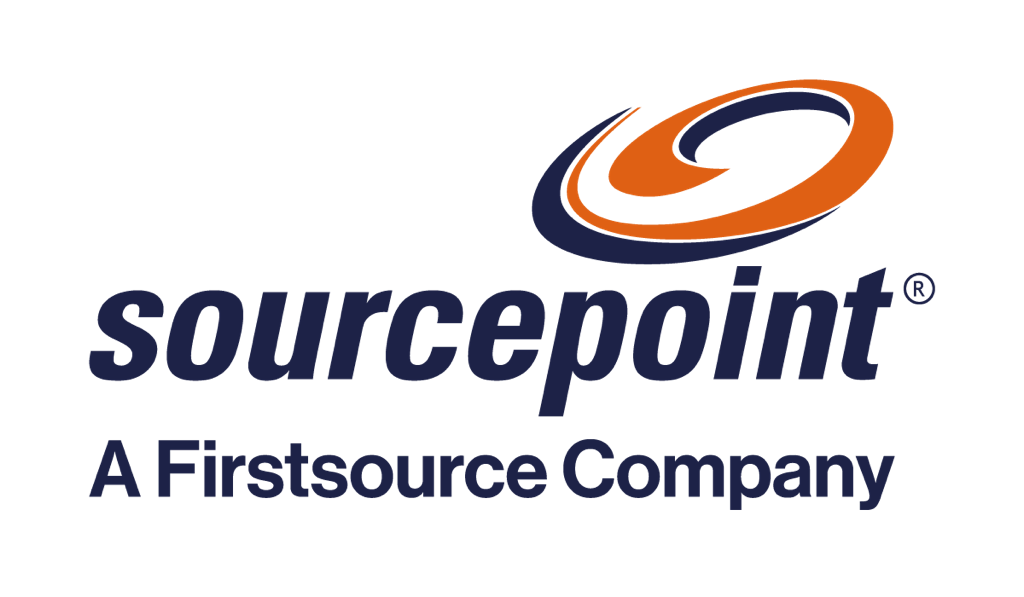Six use cases for reducing debt avoidance and driving FinTech debt collection
Amid a globally uncertain business environment and heightened regulatory scrutiny, banks, FinTechs, and other lenders are facing relentless pressure to improve debt collections, without escalating recovery costs and time. Current debt recovery solutions still rely largely on manual processes, even as the traditional call to collect model is fast losing its relevance in today’s increasingly digitalized world.
Digest this – 66% of contacts with delinquent customers are still initiated via traditional channels despite poor response rates. According to Hiya’s 2021 State of the Call report on global data from more than 150 billion calls, 94% unknown calls went unanswered. Imagine the number of calls a collections representative would need to make periodically to establish contact with a customer.
Fortunately, Artificial Intelligence (AI) driven automation is changing this equation. The debt collection software market size is expected to grow to USD 4.6 billion by 2024, at a robust CAGR of 9.6% from 2019 to 2024. The increasing need for self-serve payment models to speed up the receivables management process and automation in the FinTech debt collection process is expected to increase the adoption of digital debt collection services across the globe during the forecast period.
A plethora of opportunities lie ahead by leveraging advanced digital technologies for financial debt recovery services, and it has a much larger role to play compared to its earlier use as a subordinate mechanism.
AI and automation have a powerful benefit for both FinTechs and their customers – it paves the way to financial fitness – helping lower the ‘avoiders’ and enabling people to maintain a healthy credit profile. Let’s deep dive into how this plays out.

High collection success rates are driving increased adoption of AI tools such as conversational chatbots, voice systems, text messaging, and more among FinTechs.
For instance, using even a one-dimensional automated business model, like emailing a customer, has demonstrated favorable results and outperformed traditional call-and-respond collections models. Here are six ways that AI-driven automation helps FinTech debt collection.


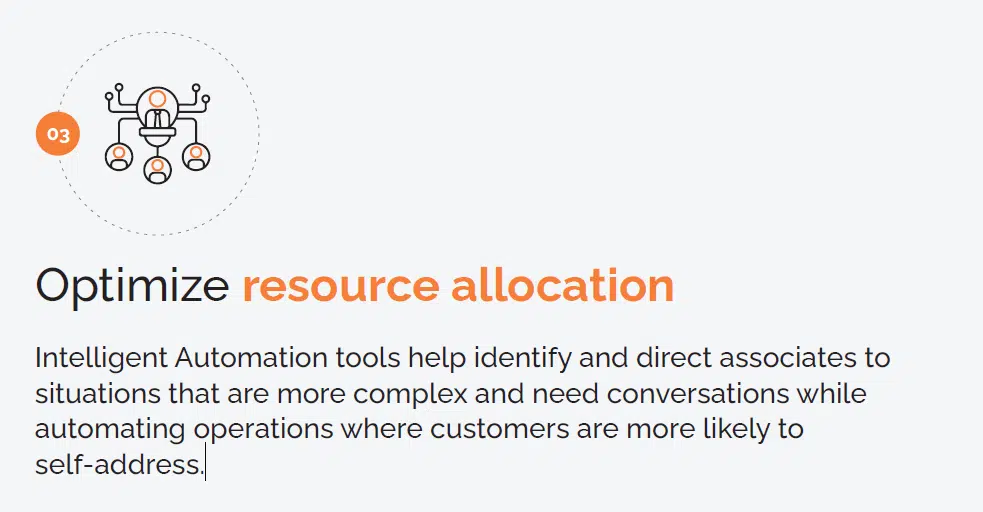
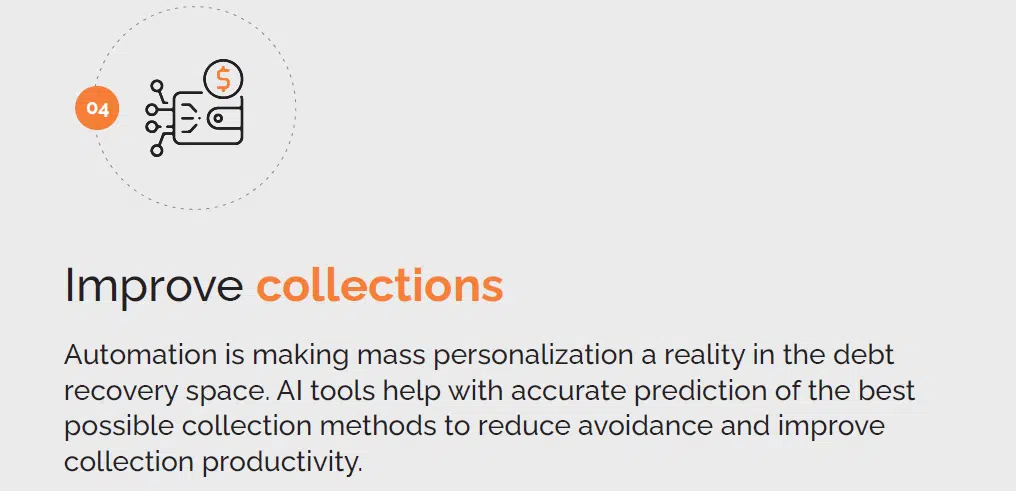


Handpicked Related Content
Non-intrusive debt recovery solution is the way forward
Debt is a stressful, embarrassing issue for people at the best of times, but the traditional financial recovery services model makes the experience worse.
Not only is it obtrusive for customers to receive collections calls, but also it’s completely out of touch with how people prefer to interact with businesses. It’s high time things changed.
The transformational potential of FinTech debt collection process automation is yet to be harnessed by the FinTech industry at scale. Being a non-intrusive method that takes away the pain and shame associated with debt to a large extent, automation is the answer to effectively reduce avoidance and bring delinquent customers back into the mainstream.
It also helps FinTechs meet their customers wherever they are, enabling a better customer experience and a personalized approach to collections. More than improving recovery, automated debt collections will be a key differentiator in the future for FinTechs looking to reimagine the customer experience and generate exponential value.
This approach also makes it easy for creditors to adapt and optimize their collections operations at scale, for the channels their customers want to use. It transforms creditor/consumer debt engagement, reimagining the collections experience to drive better results for both parties. Digital debt collection services enable creditors to empower their customers through discreet, convenient and independent debt management facilities.

The result: Supercharging the collections experience — customers are happier, creditors get better returns and operating costs are slashed.
Explore Firstsource’s Digital Debt Collection Platform underpinned by our ‘Digital First, Digital Now’ approach that leverages diverse technologies including automation, AI/ML, and cloud-based services through a people and technology transformation framework for decoding your customer interactions and personas, reducing your cost of collections to as low as 3% and delivering better recovery rates for you.


